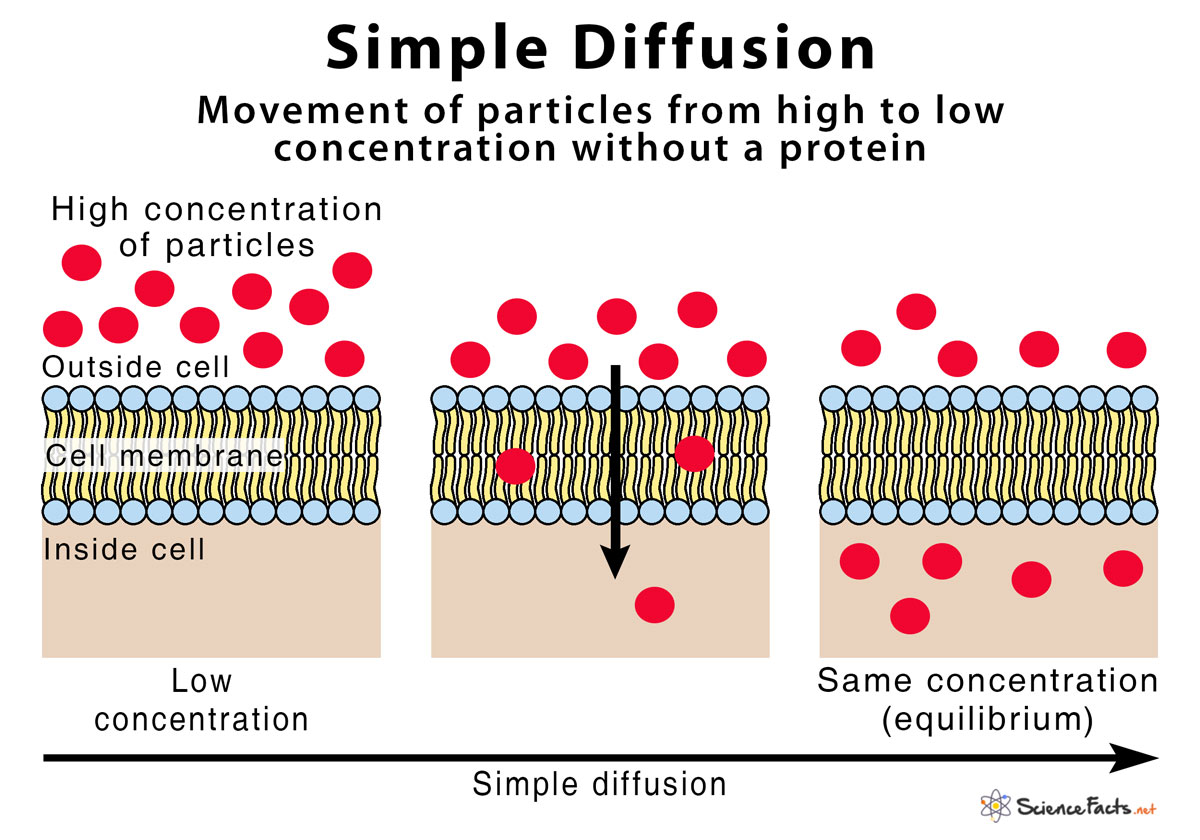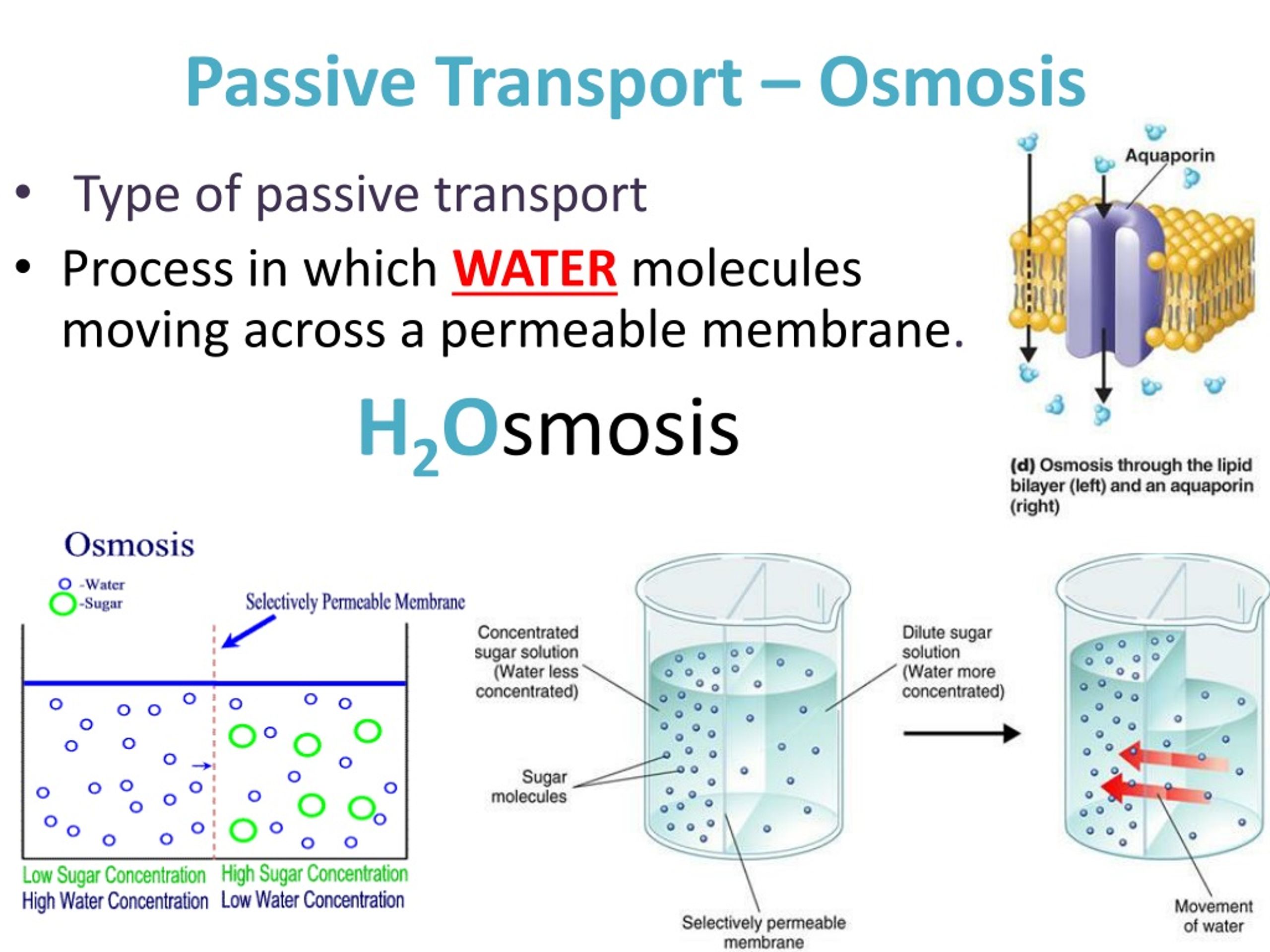

Type I (distal) renal tubular acidosis (RTA) is a prime example of impaired active transport, whereby hydrogen ions are unable to be secreted into the urine from the kidney's alpha-intercalated cells (which contain hydrogen ion ATPases and hydrogen-potassium ATPases). Īs active transport is an integral process for cells throughout the body, a wide plethora of diseases have a component of abnormal active transport, often in the form of a mutation that impairs or augments function. The symporter, like the antiporter, capitalizes on the movement of a solute down its gradient to facilitate the uphill movement of another solute against its gradient, but both move towards the same location. The sodium-calcium exchanger, for example, transports three sodium ions into the cell in exchange for one calcium out, accomplished because of the previously established sodium concentration gradient. The antiporter utilizes the energetically favorable movement of one solute down its gradient to allow the otherwise energetically unfavorable movement of another solute against its gradient. The establishment of an electrochemical gradient following this process mostly occurs via potassium efflux channels that allow the diffusion of potassium along its concentration gradient. Such electrochemical gradients can then serve to power secondary active transport. Secondary active transport employs cotransporters to transport multiple solutes, and they can be divided based on whether the transporters used are symporters or antiporters, i.e., transporting solutes in the same or different directions. Now, the pump can bind to sodium as before and repeat the process. Īgain, the pump reverses its affinity from potassium to sodium, so the potassium ions detach as the sodium ions did on the outside. As such, the importance of active transport is apparent when considering the various defects throughout the body that can manifest in a wide variety of diseases, including cystic fibrosis and cholera, all because of an impairment in some aspect of active transport.

These gradients support the roles of other membrane proteins and other workings of the cell and are crucial to the maintenance of cellular and bodily homeostasis. The latter employs those established gradients to transport other molecules. The former constitutes means by which a chemical reaction, e.g., ATP hydrolysis, powers the direct transport of molecules to establish specific concentration gradients, as seen with sodium/potassium-ATPase and hydrogen-ATPase pumps. Active transport requires energy for the process by transporting molecules against a concentration or electrochemical gradient.Īctive transport is an energy-driven process where membrane proteins transport molecules across cells, mainly classified as either primary or secondary, based on how energy is coupled to fuel these mechanisms. It occurs when molecules such as glucose or amino acids move from high concentration to low concentration facilitated by carrier proteins or pores in the membrane. There is a form of passive transport called facilitated diffusion.

Osmosis is a form of passive transport when water molecules move from low solute concentration(high water concentration) to high solute or low water concentration across a membrane that is not permeable to the solute.

Examples will include diffusion of gases across alveolar membranes and diffusion of neurotransmitters such as acetylcholine across the synapse or neuromuscular junction. No energy is necessary for this mode of transport. Passive transport, most commonly by diffusion, occurs along a concentration gradient from high to low concentration. There are two main modes of transport of molecules across any biological membrane.


 0 kommentar(er)
0 kommentar(er)
